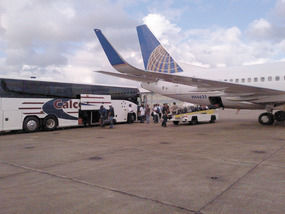
Entertainment
Big Jets Come To ARA
ARA is the second busiest airport in the state, based upon the number of take-offs and landings. The ... Read more

ARA is the second busiest airport in the state, based upon the number of take-offs and landings. The ... Read more